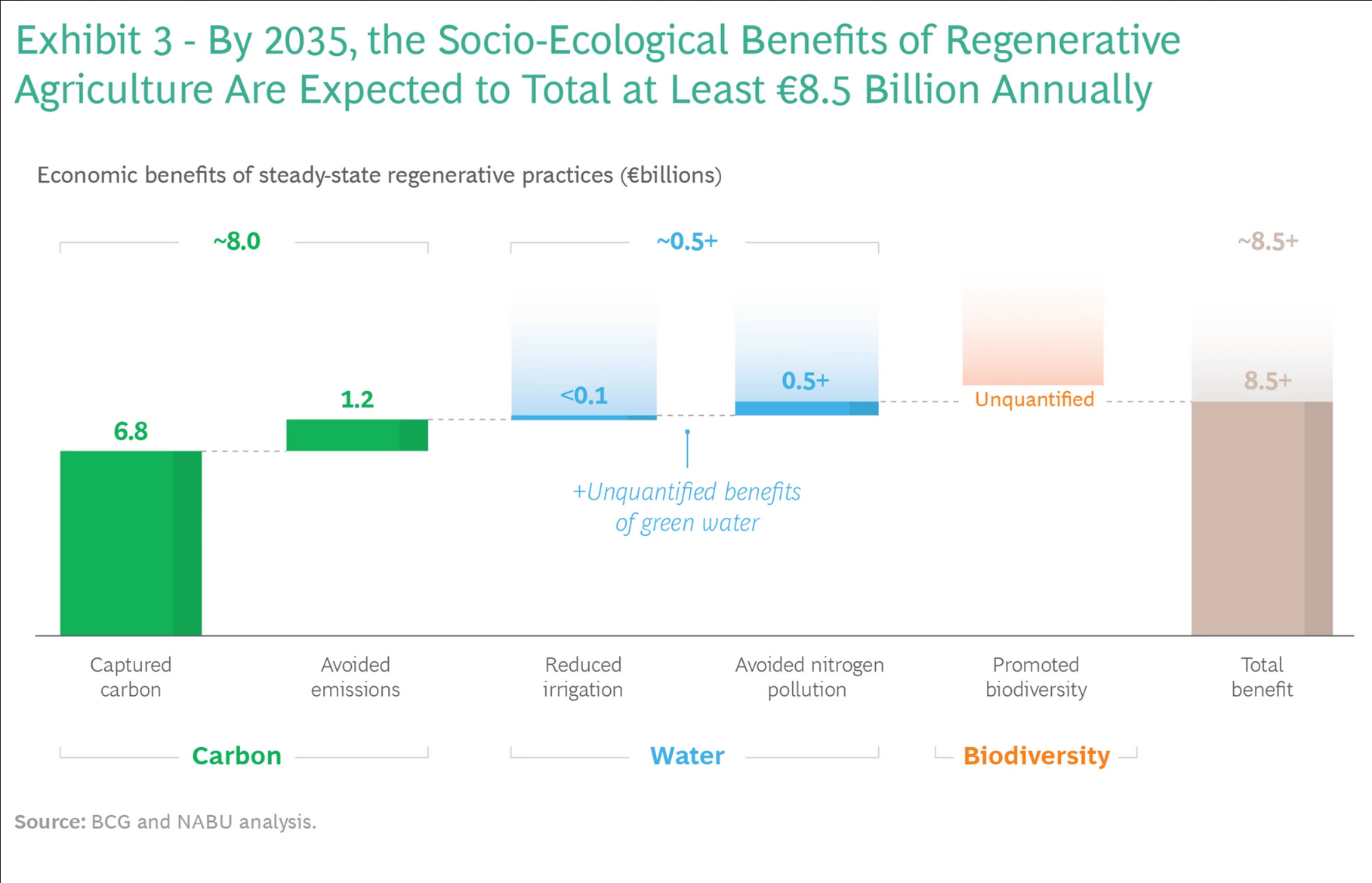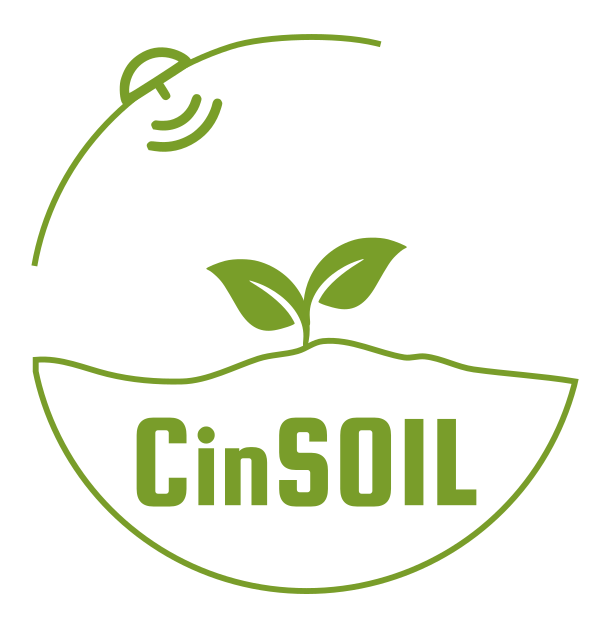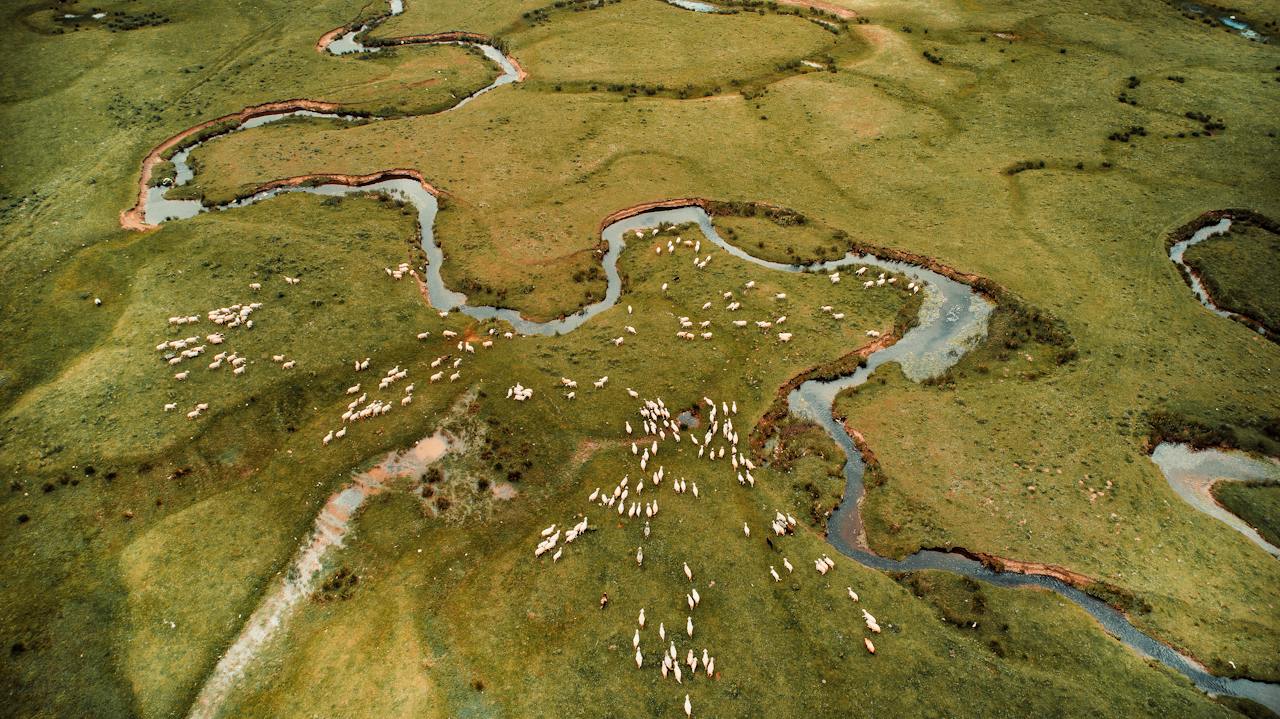The concept of natural capital is centered on the idea that certain elements of nature are indispensable for human well-being and sustainable development. These natural capital assets, like air, water, and soil, provide direct benefits, such as fundamental life support, as well as flows of various ecosystem services that allow economic and social growth. In any sector, decision-making should take into account the fundamental fact that these natural assets are not infinite and should be used judiciously, recognizing inherent limitations and constraints. The choice on how to use finite resources always involves trade-offs between different benefits and costs that must be evaluated according to effects on people in different locations and at different times, even generations apart.
In order to monitor natural assets and economic growth, we need comprehensive metrics that integrate environmental sustainability with economic progress.. The commonly used Gross Domestic Product (GDP) indicates monetary growth of a country, yet it fails to consider whether this growth is achieved by maintaining natural capital assets. This oversight can result in an increase in monetary wealth at the cost of overall wealth, potentially leading to a form of prosperity that is unsustainable and, therefore, temporary. The World Bank’s Adjusted Net Savings (also known as ‘Genuine Savings’) and the United Nations Environment Programme’s (UNEP) Inclusive Wealth Index are attempts to create a more comprehensive and sustainable approach to understanding and measuring economic progress, by including factors related to environmental sustainability, natural resource depletion, and investments in human capital.

The socio-ecological benefits of regenerative agriculture in Germany could have a total economic value of approximately €8.5 billion per year.
“The Case for Regenerative Agriculture in Germany—and Beyond” analysis by BCG, Jan 2023
It becomes then crucial to understand opportunity costs associated with specific decisions affecting natural assets. In the Land Use, Land Use Change, and Forestry (LULUCF) sector as defined by the Intergovernmental Panel on Climate Change (IPCC), opportunity costs refer to the benefits that are foregone by choosing one land use option over another. For instance, when a forest area is converted into agricultural land, the opportunity cost is not just the loss of the forest’s CO2 sequestration capability, but also the loss of biodiversity, ecosystem services like water regulation, and potential recreational value. Conversely, when agricultural land is reforested, the opportunity cost might be the loss of immediate agricultural income or food production.
In the agri-food sector, typically the focus is on the production of private goods from land which generate profits through market sales. However, the same land can also provide public goods, including wildlife conservation, water quality enhancement, carbon sequestration, and recreational opportunities, all of which contribute to societal physical and mental well-being as well as to environmental health. Since these public goods don’t typically offer direct financial returns to agri-food businesses, there’s less incentive for them to shift priorities. To address this, public policymakers need to consider both private and public benefits in their decisions and create incentives that encourage land stakeholders to make choices that increase overall societal and environmental value. These could be incentives such as payments for ecosystem services (PES), or regulations and taxes, to guide land use decisions towards a balance of private economic benefits and public environmental goods. With a growing world population and the pressing threats of climate change, it becomes imperative to adopt a holistic approach in our decision-making. We must meticulously consider myriad factors – encompassing geographical specifics, environmental impacts, and socio-economic contexts – to craft strategies that effectively balance our immediate food security requirements with the long-term health of our planet. This comprehensive evaluation is crucial not only for sustaining our current needs but also for safeguarding the well-being and prosperity of future generations, ensuring they inherit a world where they can not only survive but thrive.


